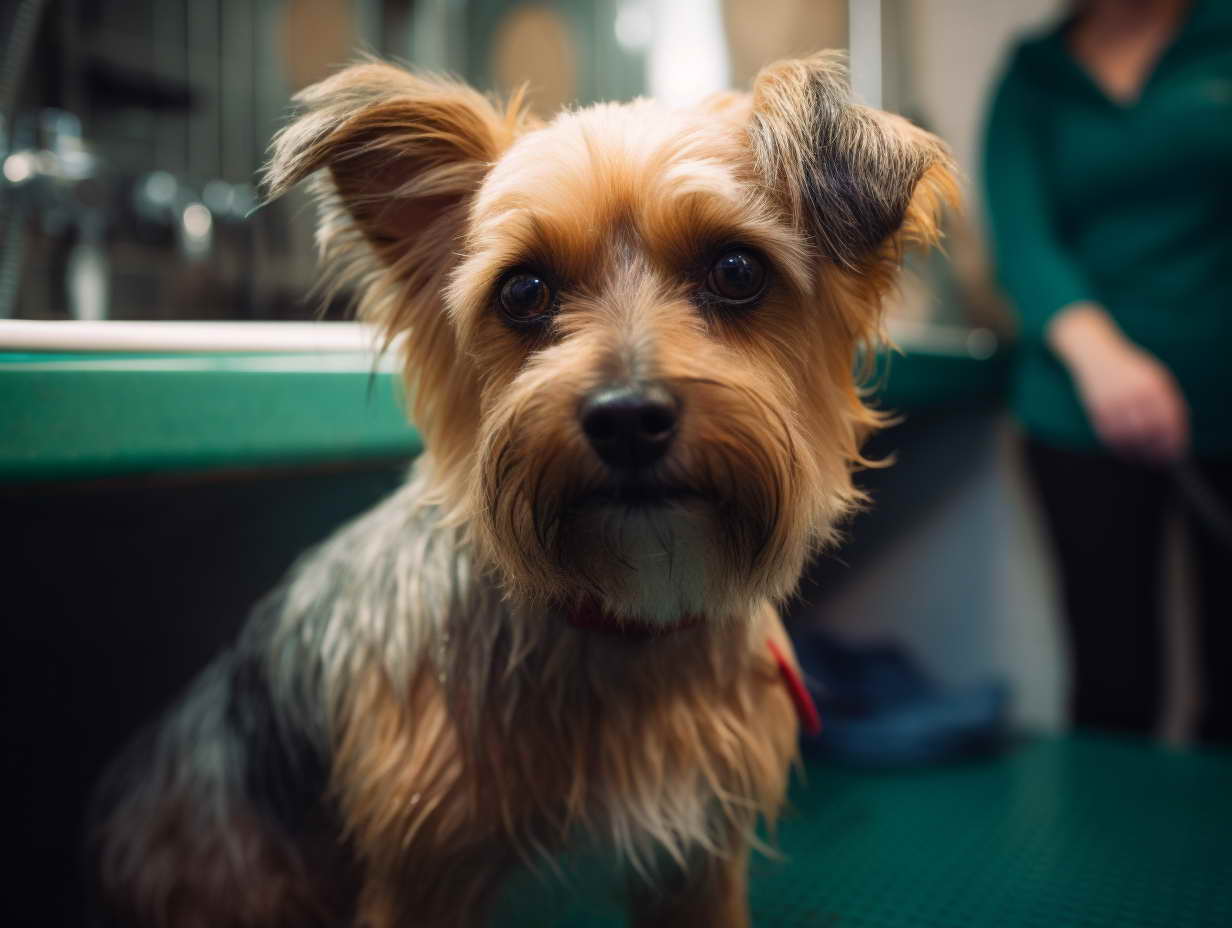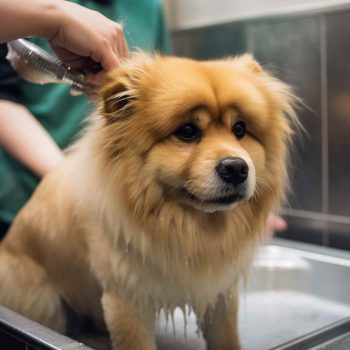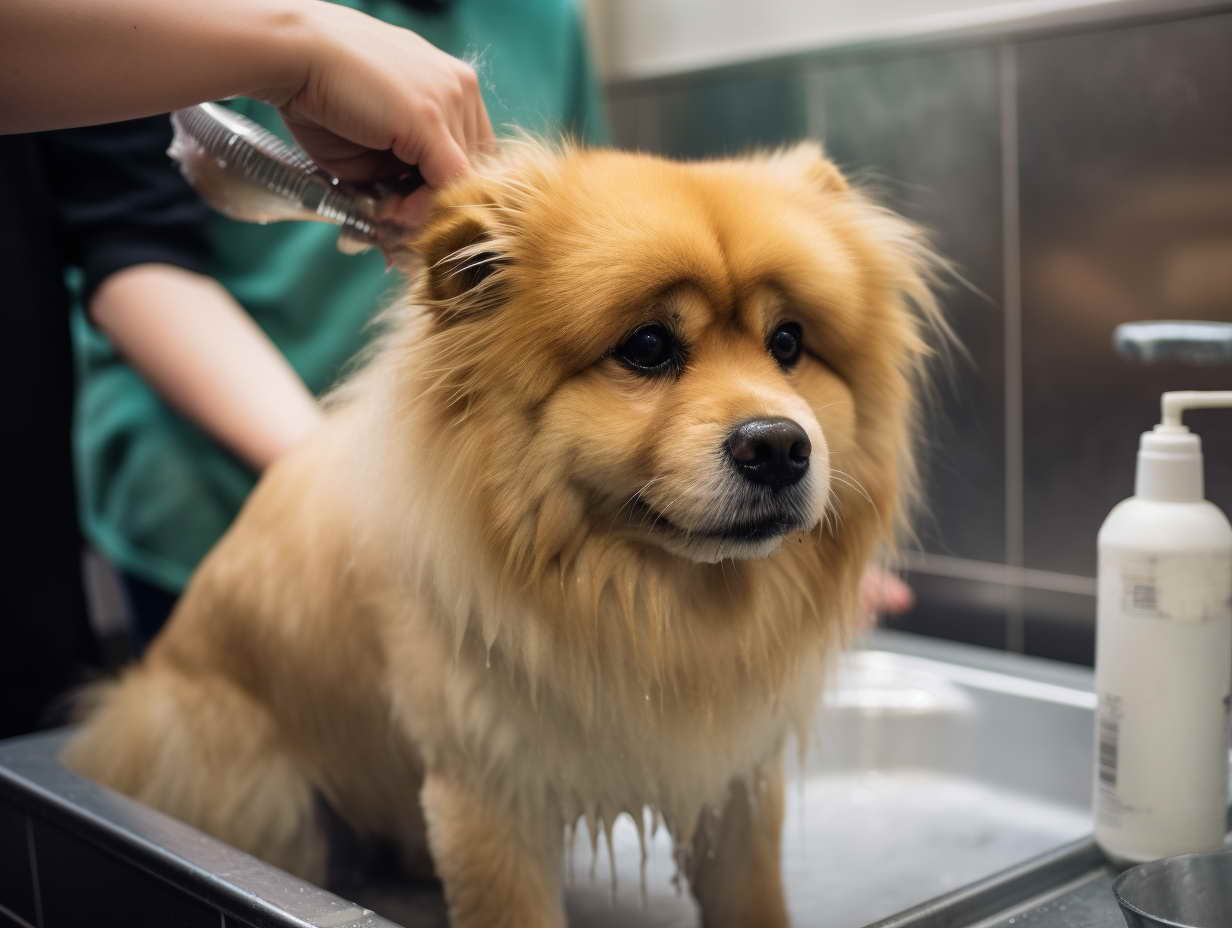Dog Grooming And Bathing: Keeping Your Furry Friend Clean and Healthy
When it comes to our beloved canine companions, keeping them clean and healthy is a top priority. Dog grooming and bathing play a crucial role in maintaining their overall well-being. Regular grooming not only keeps their coat shiny and free from tangles but also helps prevent skin infections and keeps them comfortable. In this comprehensive guide, we will delve into the world of dog grooming and bathing, covering everything from basic grooming routines to expert tips and techniques.
Why is Dog Grooming And Bathing Important?
Dog grooming and bathing are essential for various reasons. Not only does it keep your furry friend looking their best, but it also promotes their overall health and happiness. Here are a few reasons why dog grooming and bathing are crucial:
- Maintaining Healthy Skin and Coat: Regular grooming helps remove dirt, debris, and loose hair from your dog’s coat, preventing matting and tangling. It also stimulates the production of natural oils, keeping their skin moisturized and reducing the risk of dryness or flakiness.
- Preventing Skin Infections: By keeping your dog’s coat clean and free from parasites, you can prevent common skin infections, such as fleas, ticks, and mites. Grooming also allows you to spot any skin abnormalities or irritations early on, ensuring prompt treatment.
- Monitoring Overall Health: During grooming sessions, you have the opportunity to closely examine your dog’s body, including its ears, eyes, mouth, and paws. This allows you to identify any potential health issues, such as infections, inflammation, or abnormalities, and seek veterinary assistance if necessary.
- Enhancing Bonding: Grooming and bathing your dog provides quality time for bonding. It helps build trust between you and your furry companion, fostering a strong and loving relationship.
- Promoting Comfort: Regular grooming ensures your dog’s comfort by preventing matting, overgrown nails, and tangled fur. It also keeps their ears clean and free from debris, reducing the risk of ear infections.
Now that we understand the importance of dog grooming and bathing, let’s explore the key aspects of maintaining a clean and healthy canine companion.
Dog Grooming And Bathing: A Step-by-Step Guide
1. Brushing Your Dog’s Coat
Brushing your dog’s coat is a fundamental aspect of grooming that helps remove loose hair, tangles, and debris. It also stimulates blood circulation, promoting a healthy coat. Here’s how to brush your dog’s coat effectively:
- Start by choosing the right brush for your dog’s coat type. Bristle brushes work well for short-haired breeds, while slicker brushes are ideal for long-haired breeds.
- Gently brush in the direction of hair growth, using long, sweeping strokes. Be extra cautious around sensitive areas like the belly, tail, and ears.
- Pay attention to any tangles or mats and use a detangling spray or conditioner, if necessary.
- Regularly clean the brush by removing the trapped hair to maintain its effectiveness.
Remember to reward your furry friend with treats and praise during the brushing session, making it a positive experience for both of you.
2. Bathing Your Dog
Giving your dog a bath not only keeps them clean but also freshens their coat and helps eliminate odors. Here’s a step-by-step guide to bathing your dog:
- Step 1: Preparing the Bathing Area: Choose a suitable bathing area, such as a bathtub or a designated dog bathing station. Gather all the necessary supplies, including dog shampoo, towels, a non-slip mat, and a handheld showerhead or a bucket for rinsing.
- Step 2: Brushing Before Bathing: Brush your dog’s coat before the bath to remove any tangles or loose hair. This will also help prevent matting when the coat gets wet.
- Step 3: Temperature Check: Ensure the water temperature is lukewarm, similar to what you would find comfortable for a baby. Hot water can be uncomfortable for dogs, while cold water may cause them to become restless.
- Step 4: Wetting and Shampooing: Use the handheld showerhead or a bucket to wet your dog’s coat thoroughly. Apply a dog-specific shampoo and lather it gently, starting from the neck and working your way down to the tail. Be careful to avoid getting shampoo in their eyes, ears, or mouth.
- Step 5: Rinsing: Rinse the shampoo out of your dog’s coat thoroughly, ensuring no residue remains. Incomplete rinsing can lead to skin irritation or itchiness.
- Step 6: Drying: Use a clean towel to blot your dog’s coat and remove excess water. If your dog tolerates it, you can use a blow dryer on the lowest heat setting to speed up the drying process. Avoid using the blow dryer directly on their face, ears, or sensitive areas.
3. Trimming Your Dog’s Nails
Trimming your dog’s nails is an important part of grooming that promotes their comfort and prevents issues like overgrown nails or ingrown toenails. Follow these steps to trim your dog’s nails safely:
- Use dog-specific nail clippers or a nail grinder designed for pets.
- Familiarize your dog with the clippers or grinder by allowing them to sniff and inspect it before the actual trimming.
- Gently hold your dog’s paw and apply pressure to extend the nail.
- Carefully trim the tip of the nail, avoiding the quick—a sensitive part of the nail that contains blood vessels and nerves. If you’re unsure about the location of the quick, trim small increments at a time.
- Reward your dog with treats and praise after each successful trimming session.
Remember to take breaks during the trimming process to keep your dog comfortable and reduce any anxiety they may feel.

FAQs (Frequently Asked Questions)
How often should I groom my dog?
The frequency of grooming depends on your dog’s breed, coat type, and activity level. Generally, dogs with longer or thicker coats require more frequent grooming, while short-haired breeds may require grooming every few months. It’s best to establish a regular grooming routine based on your dog’s specific needs.
Can I use human shampoo to bathe my dog?
No, it is not recommended to use human shampoo on dogs. Human shampoos have different pH levels and can be harsh on a dog’s sensitive skin, leading to dryness and irritation. Always use a dog-specific shampoo that is formulated for their specific needs.
How can I prevent ear infections in my dog?
Regularly check your dog’s ears for any signs of redness, swelling, discharge, or foul odor. Clean their ears gently using a veterinarian-approved ear cleaner and cotton balls. Avoid using cotton swabs or inserting anything deep into the ear canal, as it can cause injury. If you notice persistent or severe symptoms, consult your veterinarian.
Should I trim my dog’s fur during the summer months?
Trimming your dog’s fur during the summer can help keep them cool and prevent overheating. However, it’s important to consult a professional groomer or your veterinarian before making any drastic changes to your dog’s coat length. Some breeds have double coats that provide insulation and protection from the sun, so trimming their fur excessively may do more harm than good.
Can I groom my dog at home, or should I visit a professional groomer?
Grooming your dog at home is possible with the right tools, knowledge, and patience. However, certain breeds or specific grooming tasks, such as intricate haircuts or expressing anal glands, are best left to professional groomers. Consider your dog’s needs, coat type, and comfort level before deciding whether to groom them at home or seek professional assistance.
How can I keep my dog calm during grooming sessions?
To keep your dog calm during grooming, establish a positive association with the process. Use treats, praise, and rewards to reinforce good behavior. Start with short grooming sessions and gradually increase the duration as your dog becomes more comfortable. If your dog experiences anxiety or stress during grooming, consult a professional dog trainer or behaviorist for guidance.
Conclusion
Dog grooming and bathing are essential for maintaining your furry friend’s health, hygiene, and overall well-being. By following a regular grooming routine, you can ensure that your dog’s coat remains shiny, their skin stays healthy, and they feel comfortable in their own skin. Remember to tailor your grooming practices to suit your dog’s specific needs and always prioritize their comfort and safety. With proper care and attention, your dog will not only look great but also feel great.


Leave a Reply